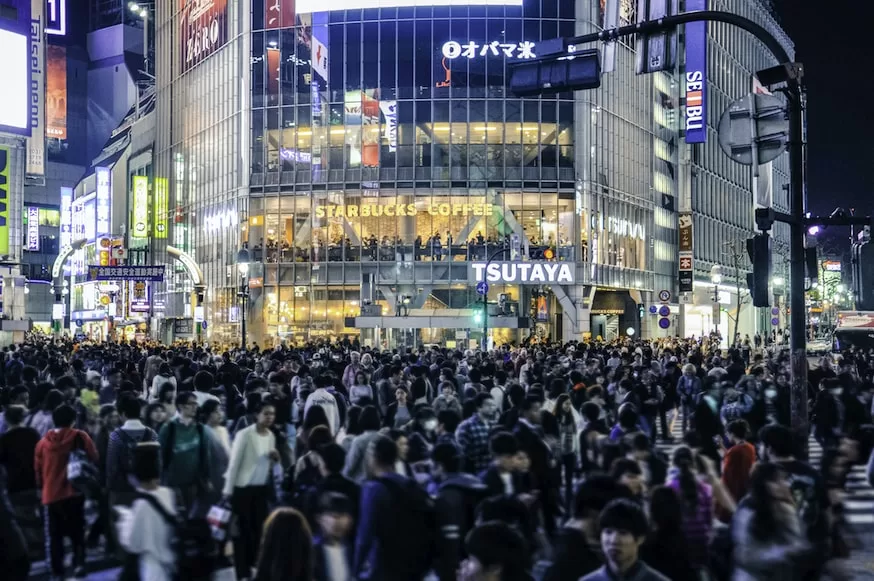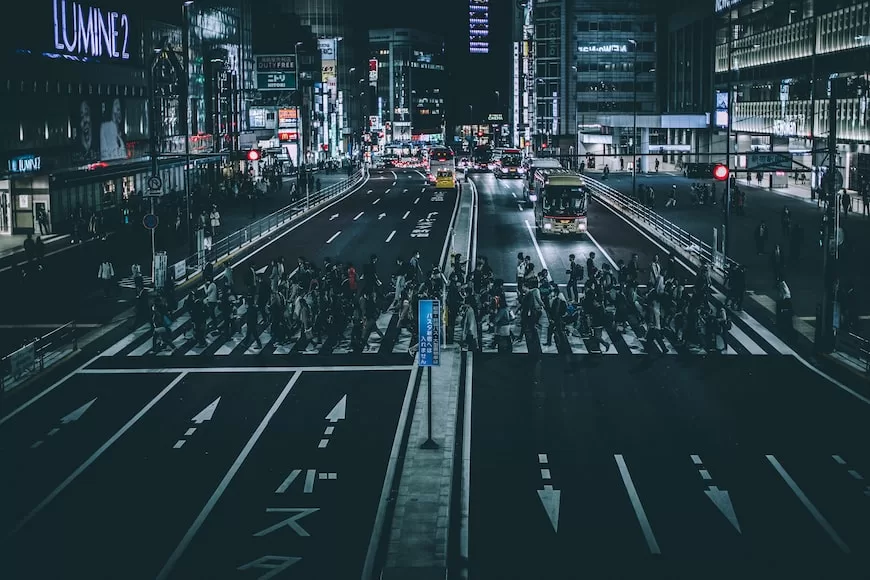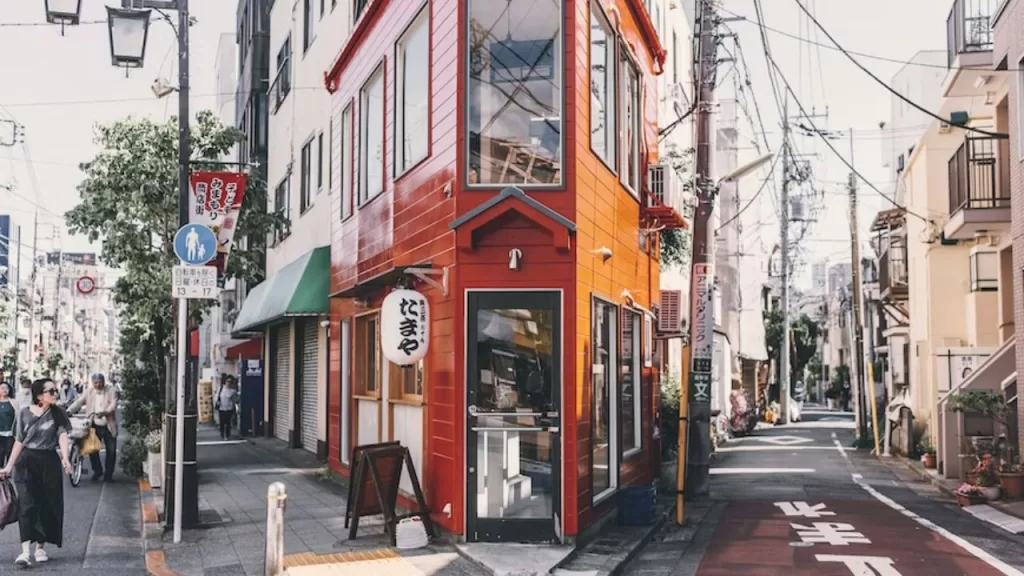Tokyo: The Most Pedestrian-Friendly City in the World
Tokyo is famous for its busy metropolis, impressive architecture, and advanced technology. However, one of its best features is that it’s one of the world’s most pedestrian-friendly cities. Despite Tokyo’s huge population and fast growth, it has successfully designed its streets and neighborhoods to focus on people rather than cars.
Is Tokyo Walkable?
Yes, Tokyo is walkable with its well-designed pedestrian paths, compact districts, and efficient public transport connections. Central Tokyo, in particular, is quite walkable, and daily errands do not require a car. However, given its vast size, visitors might still need to use transit for longer distances.
This article explores how Tokyo became an anti-car paradise with high-quality transit options while staying committed to the environment.
A History of Transformation
Post-World War II Rebuilding
Tokyo’s journey to becoming extremely walkable began after World War II. In 1945, Tokyo was nearly totally destroyed by American bombing. Facing major rebuilding, city planners saw a chance to develop a people-focused layout rather than recreate what was lost.

Tokyo was transformed to emphasize walkability and connections. Planners made narrow streets to slow cars, improved public transit, and added space for biking and walking. This reduced the need for cars while promoting active transit modes.
Rapid Growth and Adaptable Planning
Tokyo’s rapid postwar population boom posed huge challenges for planning. But despite chaotic expansion, Tokyo became a coherent, connected city. The key was adaptable planning integrating transit with commercial and residential zones while prioritizing walkability.

With ample train and bus stations, residents rarely needed personal cars. According to a Deloitte report, only 12% of trips used private cars. Instead, walking or public transit became attractive alternatives to car-dependent lifestyles.
Complementary Transit Supporting Walkability
Biking Culture

- Cycling accounts for 17% of transportation in Tokyo.
- Just 12% of journeys in Tokyo are taken by private cars.
- Over 95% of streets in Tokyo have no on-street parking.
Cycling is very popular in Tokyo, surpassing private car use. The city has bike lanes and sharing programs. E-bikes have furthered Tokyo’s commitment to safe, eco-friendly transportation options beyond cars.
Excellent Public Transit

Tokyo has world-class public transit—trains, subways, and buses. 30 million people ride daily! Transit seamlessly connects neighborhoods and attractions. Stations are close enough to walk between, enabling car-free navigation.
Policies Limiting Car Use
Limited Subsidies for Car Ownership
A major reason Tokyo discourages cars is Japan’s lack of car ownership subsidies. While the US prioritizes highways over transit, Japan heavily invests in advanced train networks and eco-transportation.

This makes car ownership costlier in Tokyo due to higher fuel, insurance, and maintenance expenses. It promotes using readily available public transit, biking, and walking.
Strict Inspection Requirements
Japan requires stringent safety and emissions inspections called “shaken” for private cars. This rigorous, expensive test deters car ownership in Tokyo.
Parking Restrictions
Owning a car in Tokyo requires securing scarce parking. Authorities mandate having parking before registration. Street parking is banned on over 95% of streets, pushing people toward alternative transit.

Moreover, street parking is illegal throughout most of Tokyo, with over 95 percent of streets having no on-street parking. This enforces a strong message of accountability among car owners while contributing to the decline in automobile usage throughout the city.
A Model for Sustainable Cities
Tokyo offers important lessons for cities wanting walkable, eco-friendly environments. It has struck a balance between modernization and sustainability using people-focused planning, strict car regulations, and robust transit investments.

As a result, Tokyo has lower pollution than similar-sized cities while providing an efficient transport system prioritizing resident wellbeing over car convenience. Planners worldwide look to emulate Tokyo’s model. This remarkable city shows that focusing on walkability can greatly enhance quality of life and sustainability.
Too big.